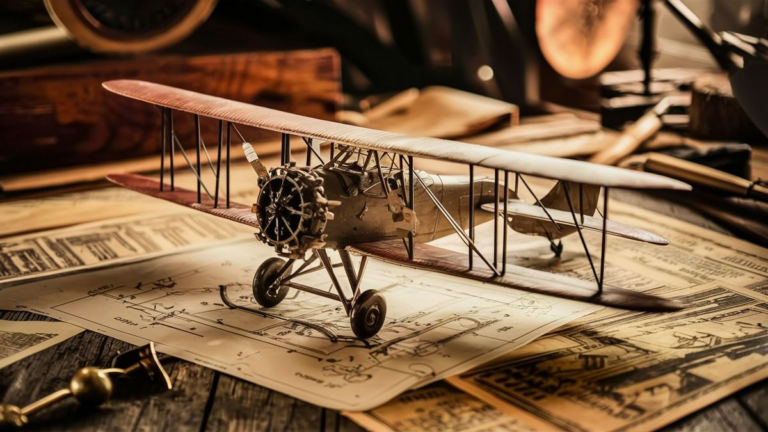Discovering the origins of the airplane is delving into a captivating journey of human ingenuity and perseverance. The quest to conquer the skies has been a pursuit of mankind for centuries, and the invention of the airplane marks a significant milestone in the history of technology and innovation.
The Early Dream of Flight
Since ancient times, humans have been fascinated by the idea of flight. Legends, myths, and drawings depict various attempts and dreams of soaring through the air like birds. However, it wasn’t until the late 19th century that significant progress was made towards realizing this dream.
Foundations of Flight
The groundwork for the invention of the airplane was laid by numerous pioneers and inventors who contributed key insights and advancements in the fields of aerodynamics and propulsion. Individuals like Sir George Cayley, Otto Lilienthal, and Samuel Langley made crucial discoveries regarding lift, drag, and thrust, laying the foundation for the development of powered flight.
The Wright Brothers: Pioneers of Aviation
Wilbur and Orville Wright, two brothers from Ohio, are credited with achieving the first powered, controlled, sustained flight in a heavier-than-air machine. Their meticulous research, innovative engineering, and relentless determination culminated in the historic flight at Kitty Hawk, North Carolina, on December 17, 1903.
Breakthrough Moment
The Wright Flyer, the aircraft built by the Wright brothers, was a biplane with a wingspan of 12.3 meters and powered by a 12-horsepower engine. On that fateful day, Orville Wright piloted the Flyer for 12 seconds, covering a distance of 36.5 meters. This monumental achievement marked the dawn of the aviation age.
Impact and Evolution
The invention of the airplane revolutionized transportation, communication, and warfare, shrinking the world and connecting distant lands in ways previously unimaginable. Over the years, aircraft designs evolved rapidly, leading to the development of faster, safer, and more efficient flying machines.
Technological Advancements
From biplanes to monoplanes, propellers to jet engines, and wood and fabric construction to lightweight composite materials, the evolution of aircraft design has been propelled by continuous innovation and technological advancements. Breakthroughs in aerodynamics, materials science, and aviation electronics have pushed the boundaries of what is possible in flight.
Legacy and Inspiration
The legacy of the airplane extends far beyond its practical applications. It symbolizes human ambition, perseverance, and the relentless pursuit of progress. The story of the airplane serves as an inspiration for future generations of innovators, reminding us that with determination and ingenuity, the sky is not the limit.
Looking to the Future
As we reflect on the past and celebrate the achievements of aviation pioneers, we also look towards the future with anticipation and excitement. Emerging technologies such as electric propulsion, autonomous flight systems, and space exploration promise to shape the future of aviation in ways we can only begin to imagine.
Challenges in Early Aviation
While the early pioneers of aviation laid the groundwork for powered flight, they faced numerous challenges and setbacks along the way. Limited understanding of aerodynamics, structural limitations of materials, and the lack of reliable propulsion systems posed significant obstacles to achieving sustained flight.
Experimental Aircraft
During the early days of aviation, experimental aircraft designs varied widely as inventors and engineers sought to find the most efficient and practical means of achieving flight. Some designs were innovative but impractical, while others were simply ahead of their time.
| Experimental Aircraft | Key Features |
|---|---|
| Langley Aerodrome | Steam-powered, unmanned aircraft |
| Lilienthal Glider | Maneuverable, glider-based design |
| Percy Pilcher’s Hawk | Monoplane design with advanced control mechanisms |
Frequently Asked Questions
- Who were the key pioneers in early aviation?
- What were some of the major challenges faced by early aviators?
- How did the Wright brothers’ approach differ from their predecessors?
- What impact did the invention of the airplane have on society?
- What are some emerging technologies shaping the future of aviation?






